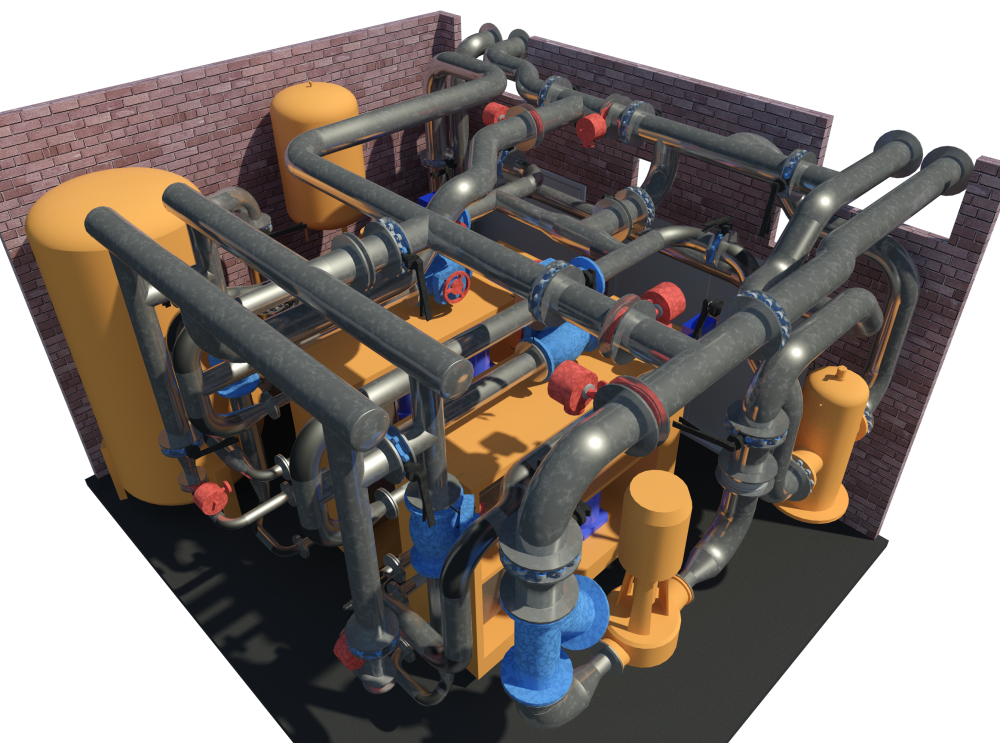BIM and Collaborative Working
BIM is a bit of a buzzword in the construction industry at the moment, although there does still seem to be a bit of resistance around it. As a BIM company, we know from our clients that some of the hesitation is due to people not realising the extent of BIM’s potential as well as the age-old issue of people being reluctant to embrace new ways of working and the costs involved in retraining.
In order for BIM to be implemented into the construction industry successfully, there needs to be more collaborative ways of working and workflows being opened up as well. BIM’s potential can only be achieved when a common language and structured data are used to enable better sharing of information and content. This way of collaborative working has huge benefits for the construction industry as workflows will easily allow bottlenecks in the lifecycle of the building to be identified, leading to cost savings and downtime being reduced. The end user of the building will also benefit from BIM as the building will be more efficient, and the whole lifecycle cost of the building will be reduced as well.
As a BIM company, we know that getting people to realise the potential that BIM offers them is one of our biggest challenges as it requires not only an open mind but the ability to accept that the ways in which we have been working in the past might not be the best ways to work today. This usually means that we have to work in a different way than we are used to, and we all know that embracing new ways of working can be a difficult process.
So, what does the future hold for BIM? Well, as more and more architects and designers start to grapple with it the benefits will be seen firstly at those companies that begin displaying the required information in the relevant format. Some companies are already making BIM Revit files available for download from their websites and BIM stores. This is a great start, but in the early stages of BIM adoption, specialist knowledge will still be needed during the specification stages, especially in the case of Mechanical and Electrical contractors. Specialist trades such as plumbers, electricians and other tradesmen will also be needed to completed specific jobs. After the jobs have been completed, these specialists will also be required to educate the end user of the building on the best way to operate and maintain the building moving forward.
All we know that as BIM projects continue to develop, the roles and responsibilities connected with them may change but collaborative working will still be the most important thing for all parties concerned to embrace. We can see a trend towards BIM helping enhance the relationship between architects and building contractors by enhancing the teamwork aspect of each project. The benefits of this are surely clear to all.
For more information about any aspect of BIM and what services we offer as a BIM Company, please call us on 0161 427 0348 or send us an email to office@thecadroom.com

